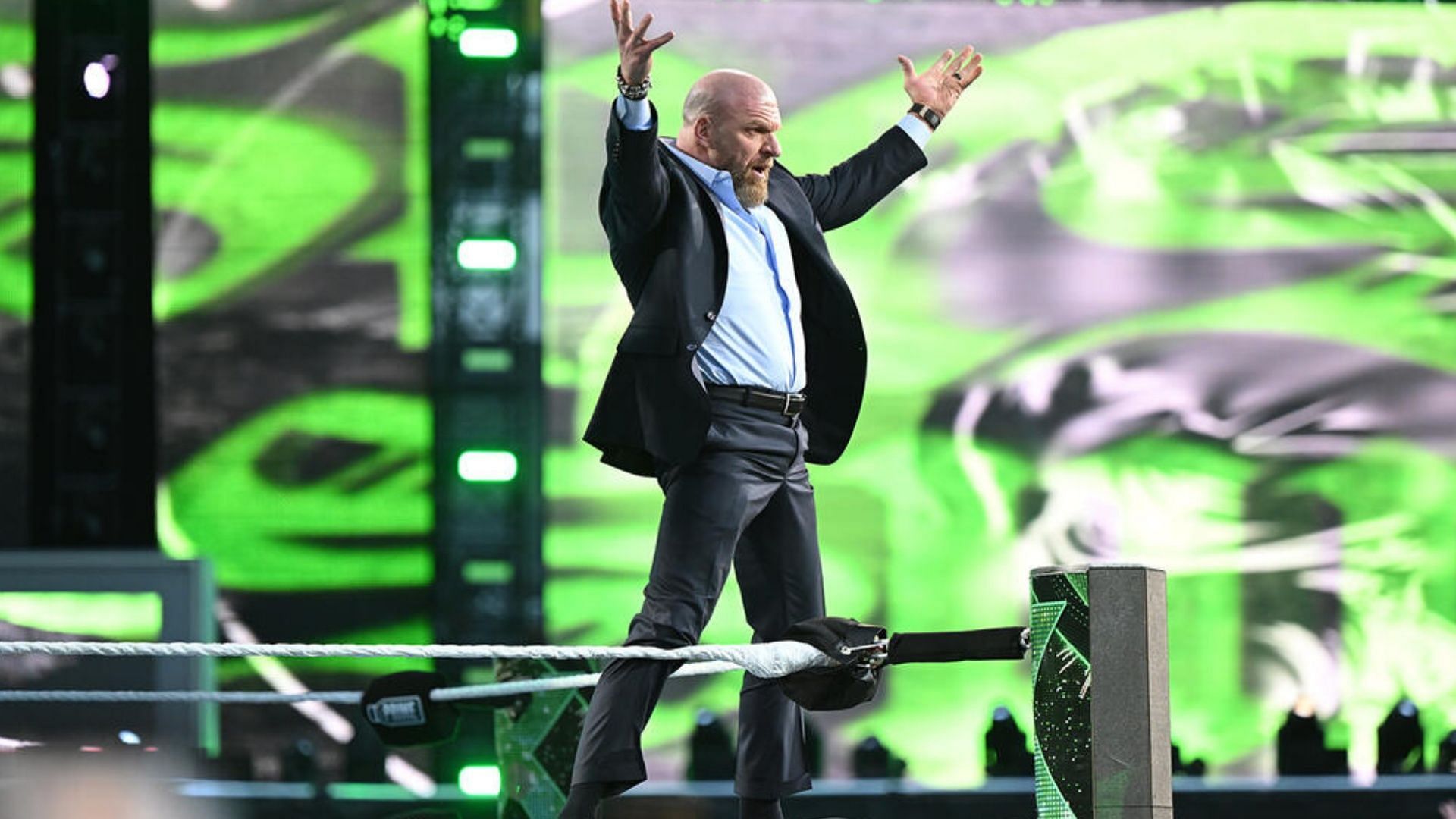
Triple H’s WWE rule changes: 5 things that are back in play
Triple H’s role as WWE’s Chief Creative Officer has brought significant change, including when he rolled back long-standing bans that defined the promotion’s identity. His forward-thinking approach has unshackled several restrictions, giving WWE Superstars and the storylines more room to evolve.
These elements have seemingly energized fans and even brought back several old ones who had veered away from the product over time.
WWE is indeed in a new era as Triple H’s vision has transformed the promotion’s storytelling and in-ring dynamics.
Here are just some of the noticeable things that were unbanned in WWE under Triple H’s creative leadership.
#5. Breaking kayfabe
Triple H allowed WWE's strict kayfabe rules to relax, allowing superstars to occasionally acknowledge the scripted nature of wrestling.
Under the old leadership, this was considered taboo, such as referencing real-life situations or even the usage of real names. This seemingly simple switch has added depth to storylines, blurring the line between what’s real and what's not.
This can be noticed not only in promos in WWE but also in the social media activity of several superstars, especially those who have intense rivalries.
#4. Booking outside WWE
The previous regime barred its superstars from getting booked outside WWE. This had limited WWE Superstars’ external opportunities, not to mention stifling personal brand growth.
This is no longer the case under Triple H’s era, as WWE Superstars can now be seen in other promotions and even square off against their best talents. A couple of recent examples include Karrion Kross’ match against JR Kratos at GCW Bloodsport and Chad Gable’s upcoming bout against former AAA Mega Champion El Hijo del Vikingo at Worlds Collide.
Such a move grants flexibility, boosting morale and visibility while expanding WWE’s influence with new audiences.
#3. Bloodshed in WWE
Bloodshed was more or less outlawed during WWE’s previous regime to maintain the promotion’s family-friendly image. However, Triple H lifted this ruling, and it has certainly spiced things up with some of the storylines of the promotion.
Fans who worry for their wrestling idols’ safety need not worry, as bleeding is controlled and selectively permitted, as it is utilized to amplify emotional stakes. A case in point was The Rock’s brutal beatdown of Cody Rhodes leading up to WrestleMania XL.
Reverting to this captivates the fandom as it evokes professional wrestling’s gritty history.
#2. Triple H also unbanned the Piledriver
The Piledriver, whatever its iteration, is considered one of the most dangerous moves in professional wrestling, as this could end the career of an in-ring performer if not done correctly. This was the primary reason it was banned in WWE, and it stayed that way for years.
This, too, was lifted under Triple H, when fans noticed that it was being performed selectively. WWE Superstar Kevin Owens is probably one of the few wrestlers in the company whom the Head of Creative trusts the most to carefully execute this move.
It reflects Triple H’s trust in performers’ skills and, at the same time, hypes up the fans and storytelling.
#1. The word wrestling itself

Similar to breaking kayfabe, the use of the word 'wrestling' was also frowned upon by the previous leadership. The term 'sports entertainment' was preferred at the time to distance WWE from traditional wrestling.
The current Head of Creative embraced the former, though, as he gave the green light to both commentators and superstars to use it freely. This change honors the industry that they are in, including its roots, as this resonates with fans who cherish wrestling’s rich history.
If the old leadership despised the word, the second “W” in WWE should have been replaced with an “S” a long time ago.